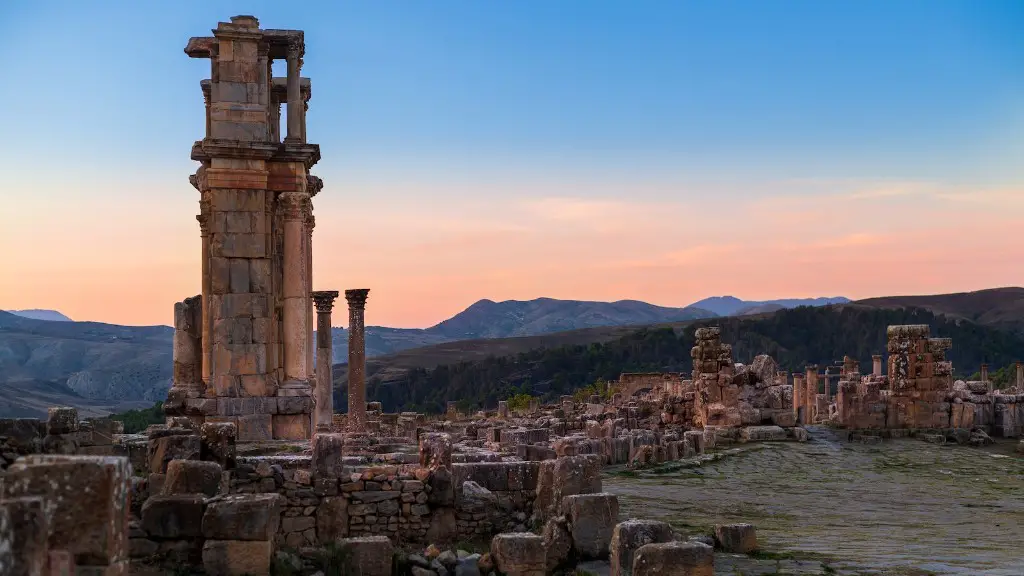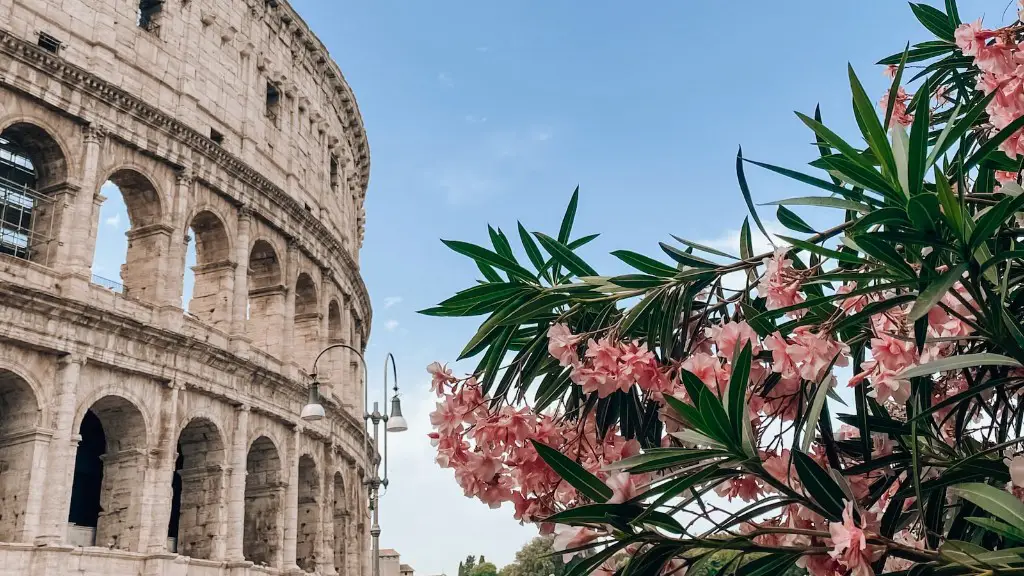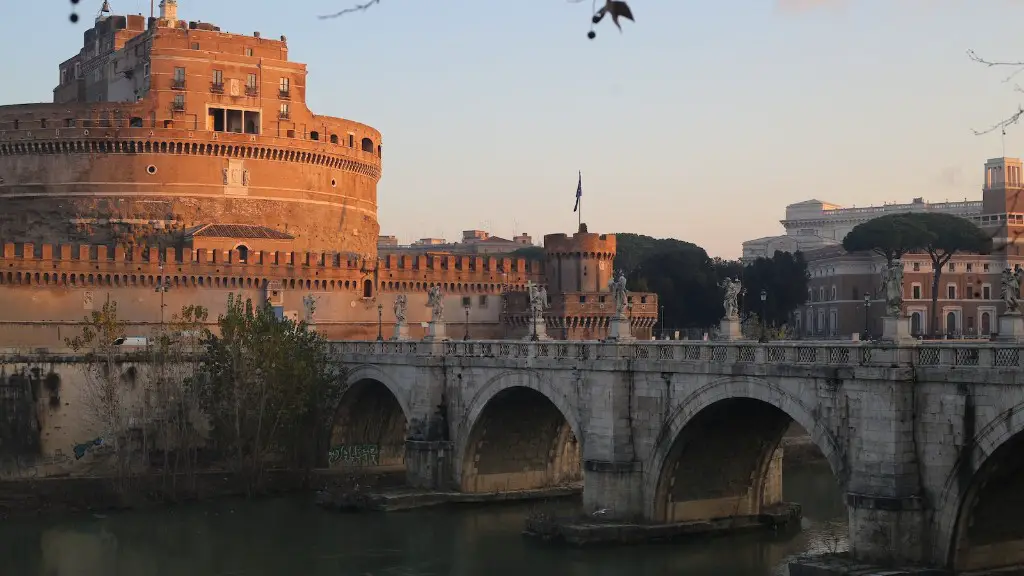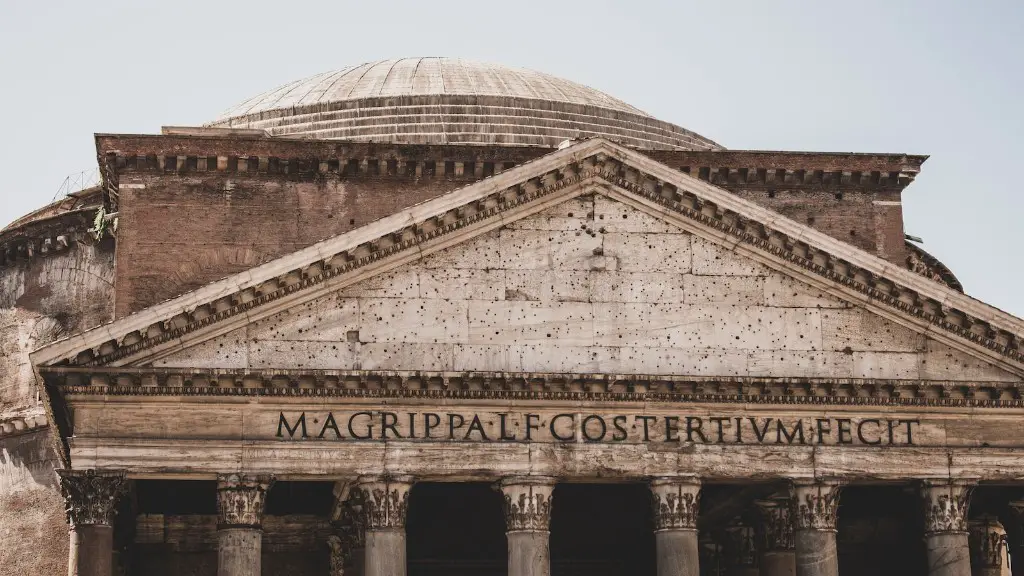The cultural hub of Ancient Rome was a sprawling city of gated villas, public bathhouses, aqueducts and avenues lined with grandiose monuments. Wealthy Roman citizens crafted opulent lifestyles with their sprawling villas and extravagant dining. To many, Ancient Rome just looked like any major city today, but this wasn’t the case for all its citizens.
Across the city, there was a sharp divide between classes of people, from the lowly plebeians to the wealthiest patricians. While the plebeian class had to make a living doing physical labor, the wealthier Romans enjoyed a life of opulence, entertaining in luxurious villas while their coffers continued to grow. But what exactly did these villas look like? Where did rich Ancient Romans live?
The wealthiest Romans of the time lived in sprawling villas which were the ideal display of their wealth and power. These villas typically had rooms for sleeping, relaxing, reading, exercise, and entertaining. Astonishingly, the highest ranking citizens of Ancient Rome even had their own private theaters, complete with sumptuous reclining chairs, which they enjoyed while watching theatrical performances or hosting dinner parties and feasts.
The villas were usually surrounded by lush gardens and courtyards, for hosting outdoor events, and even had their own outdoor pools for bathing and cooling off. The villas were also furnished with artworks and expensive fineries, such as murals, sculptures and intricately decorated furniture, to show off the owners’ wealth and accomplishments. Interestingly, one of the main activities of Ancient Romans was the enjoyment of food and wine, and the wealthy prided themselves on the quality of their cuisine. Rich Romans would decorate their walls and floors with mosaics depicting scenes from their extravagant dinners, from peacocks and pigs to cups of grape-wine.
Historian and professor Marcus H. Johnson explains that for wealthy Romans, “life was about luxury and leisure, which was strongly associated with the villa lifestyle. Wealthy Romans were expected to own and maintain a villa, and the type and size of the villa would be indicative of the wealth and power of the family.”
In addition to their villas, the wealthy Romans also had palaces, which were buildings that were used specifically for political and ceremonial occasions, such as meetings with other local leaders. These palaces were the most luxurious buildings in the city, with intricately decorated halls, gardens and outdoor plazas, and the latest and most advanced comforts and amenities.
The Glittering Wealth of Roman Emperors
The wealthiest and most powerful of all the Ancient Romans were the emperors. The emperor’s palaces were the most opulent buildings in the city, and they showcased the grandeur and wealth of their occupants.
The emperor’s palace would span an entire hill, surrounded by lush gardens and courtyards, and the buildings would be filled with breathtaking sculptures, frescoes and ornate furniture. The palace also had a library, which housed books from the riches of the empire, as well as private baths, a separate wing for dining and a swimming pool.
The wealthy families of the empire would gather at the palace to hold gatherings, feasts, and other celebrations. These events were extravagantly decorated, with prized works of art on display, and the guests would be served exotic dishes as well as wine from the emperor’s own vineyard. The emperor’s palace was also the home to their closest advisors and their most trusted confidants.
The Impact of Townhouses in the City
Apart from the luxurious villas and sprawling palaces, another way that wealthy Romans displayed their wealth was by building townhouses within the city. These were two or three-story buildings that were built to showcase the extravagance and grandeur of their inhabitants. The wealthy families typically resided in the upper floors, while the lower floors were for business and entertaining.
The townhouses were typically decorated with the finest artworks and sculptures, the most luxurious furniture and decorations, and even their own personal baths.
The wealthiest families would also build townhouses in the poorer districts of the city, even in slums, which was a way of displaying their power and wealth. This strategy had the added benefit of giving the rich family access to the city’s most impoverished citizens, which allowed them to consolidate their control over the city.
Historian and professor Dan Allard explains that “the wealthiest Roman citizens felt the need to display their wealth. By building townhouses in poorer areas, they were able to establish their presence in the city and show the people that they were in control.”
A City of Spectacular Wealth and Greed
The wealthy citizens of Ancient Rome were known for their ostentatious displays of wealth. Aside from their luxurious villas and lavish townhouses, the wealthy also built grand monuments and public baths, display fine art and sculptures in the city and even held grand festivals to show off their affluence. With their overwhelming displays of wealth, the wealthy citizens of Ancient Rome were able to solidify their grip on power and authority over the city.
The wealthy citizens of Ancient Rome were also notorious for their immense greed. Historians believe that many of these luxurious displays of wealth were a way for the wealthy citizens to amass even more wealth, which they could then use to further their own power and authority. This greed and power-hunger was one of the contributing factors to the decline of the Roman Empire.
Research professor Hazel Gower also explains that “the wealthy citizens of Ancient Rome were very concerned with displaying their wealth and power and had amassed such huge fortunes that they were almost unstoppable. This excessive display of wealth and power led to the decline of the Roman Empire as the wealthy citizens became more focused on amassing even more wealth and power, instead of taking care of their citizens.”
Extravagant Celebration and Excessive Luxury
To show off their affluence, the wealthy citizens of Ancient Rome threw lavish festivals and celebrations throughout the city. These displays of wealth included processions, gladiator matches, chariot races, theatrical performances, and even executions. The wealthy citizens would construct grand monuments and lavish statues to commemorate their lavish gatherings.
These displays of wealth and luxury were also used by wealthy Roman citizens to secure political power. Wealthy Roman citizens also had the habit of gifting expensive items such as jewelry and sculptures as a way of wooing the public and bolstering their political power.
Historian Timothy Roberts explains that “the wealthy citizens would throw extravagant parties and feasts to demonstrate their social rank and power. The wealthy citizens would also use the lavish displays to curry favor with the public and secure political power.”
Luxury Goods of the Rich and Famous
The wealthy had access to the finest materials and exotic items that the world had to offer, and they took every advantage of it. The wealthy romans would use these items to adorn their homes, display their wealth and even use them as gifts to secure political power.
These items included gold and silver jewelry, marble sculptures, silk fabrics and even exotic animals.
The wealthy Romans had their own personal chefs and physicians, as well as the finest wines that money could buy. They also had access to the latest and greatest technologies, from water wells to indoor plumbing. The wealthy citizens even had their own personal libraries, filled with rare scrolls and books.
Research professor Yasmin Khan states that “the wealthy citizens of Ancient Rome had access to the most luxurious goods in the world. They were able to use these items to adorn their homes and show off their wealth, as well as give lavish gifts to curry favor with the public.”
The Luxury of Exotic Escapades
In addition to the lavish displays of wealth inside the city, the wealthy citizens of Ancient Rome also built grand villas in the countryside, where they could escape the hustle and bustle of the city. These villas were much larger than the ones in the city and spanned entire hills. The wealthy would relax in their villas while enjoying the tranquility of the surrounding countryside and even hunt game in their own private hunting grounds.
The wealthy Romans also held country parties and feasts, with delicious dishes prepared by their personal chefs and the finest wines from the emperor’s own vineyards. The wealthy romans even built spectacular amphitheaters in the countryside, where they watched theatrical performances and gladiatorial combats.
Historian and professor Roy Phillips explains that “wealthy Romans were able to enjoy the finer things in life, from the extravagant displays of wealth in the city to the tranquil villas and country parties in the countryside. The wealthy romans were able to escape from the hustle of the city and enjoy the luxury of the countryside.”
A Life of Excess and Opulence
The wealthy citizens of Ancient Rome had a life of excess and opulence that was unparalleled in the ancient world. They had lavish villas in the city and in the countryside, grand palaces, townhouses to show off their wealth, and access to the finest goods in the world. The wealthy Romans also held grand parties and feasts to show off their wealth and power, and even used lavish gifts and displays to curry favor with the public.
The wealthy citizens of Ancient Rome were known for their greed and ambition, and their luxurious lifestyles were a reflection of that. While the people of Ancient Rome were able to enjoy a life of luxury, it ultimately led to the downfall of the city, as the wealthy citizens became obsessed with accumulating even more wealth and power.





